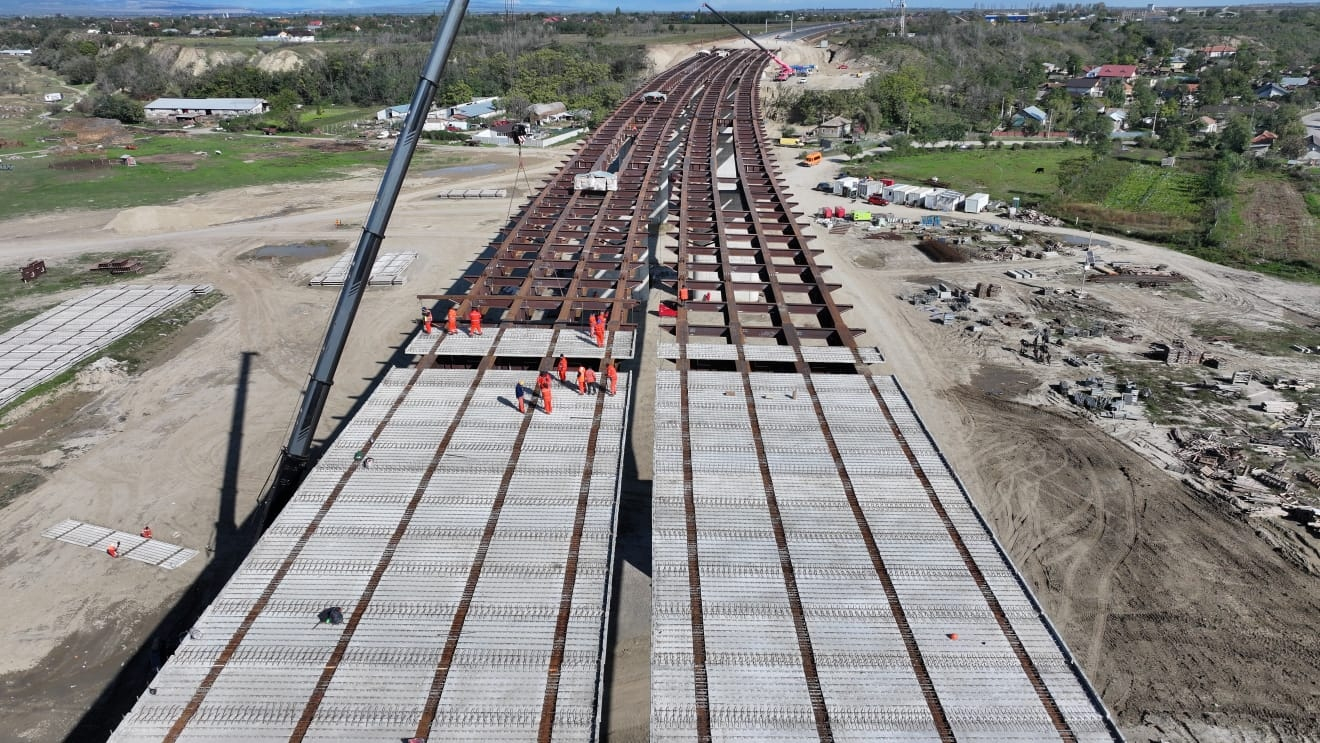At a regional level, investment volume grew by around 24% year-on-year, with Romania recording the strongest performance among the six largest economies in Central and Eastern Europe (CEE-6): Bulgaria, Czech Republic, Hungary, Poland, Romania and Slovakia. Colliers consultants predict that the real estate market outlook remains solid, driven by rising transaction volumes, price stabilisation and capital inflows, suggesting improved conditions through to the second half of 2025, barring any major global disruptions.
Across the CEE-6 region, total investment volumes reached 5 billion euros in the first three quarters of 2024, reflecting the recovery of European and global markets after a slower 2023. Colliers forecasts year-end investment volumes to reach between 7 and 7.5 billion euro, around 30% below the 10-year average. Poland accounted for almost 55% of total regional volume, with significant local activity in the second and third quarters. Results varied widely across the region, from a 63% decline in Slovakia to a remarkable 190% increase in Romania. Notably, Romania now accounts for approximately 13% of total activity within the six countries, up from single-digit percentages prior to the pandemic.
“Regional investment increased by 24% year-on-year, but remains 37% below 2022 levels. A broader recovery is expected by 2025, subject to economic stabilisation, inflation control and interest rate trends. Romania had the strongest percentage growth of investment volumes in the region by far in the analyzed period and we expect sustained future interest in our market also next year, not least because of the attractive investment yields offered compared to most other CEE markets,” explains Robert Miklo, Director of CEE Investment Services at Colliers.
In Romania, industrial and retail assets dominated transaction activity for the second year in a row, marking a significant shift from previous years when office assets were the main focus. Across the CEE region, the industrial and logistics as well as office sectors each accounted for 29% of transaction volume in the first nine months of 2024, followed by retail at 26% and residential at 12%. Bucharest offers some of the highest investment yields in the region, with prime assets yielding 7.5% for industrial and office and 7.25% for retail.
“The outlook for real estate in the CEE region remains positive, although it is not immune to external influences and macroeconomic factors that may affect markets and industries, particularly with regard to major trading partners. Economic growth in CEE, especially in contrast to the recession in Germany, together with price stabilisation and the return of institutional capital, signals more favourable conditions until 2026. Transactions are currently focused on value-add and opportunistic strategies, particularly in sectors where prices have adjusted. However, significant price differentials remain, particularly in logistics. Looking ahead to 2025, optimism is cautious, driven by price stabilisation and expectations of interest rate cuts by the European Central Bank, which could stimulate market activity,” concludes Silviu Pop, Director of CEE & Romania Research at Colliers.
Given current market conditions, Colliers experts estimate that regional transaction volumes could exceed 10 billion euro in 2025.










